Textbook of Clinical Embryology
| Publisher |
Elsevier |
|---|---|
| Language |
English |
| Edition |
1st |
| ISBN 13 |
9788131236208 |
- Best Price Guaranteed
- Best Version Available
- Free Pre‑Purchase Consultation
- Immediate Access After Purchase
$21.00
Textbook of Clinical Embryology
The textbook authored by Vishram Singh, titled “Textbook of Clinical Embryology,” dutifully adheres to the syllabus outlined by the Medical Council of India concerning the subject of Embryology. It meticulously delves into all the intricate developmental occurrences during the prenatal period.
In alignment with the contemporary educational trends in the field of medicine, this comprehensive book not only imparts fundamental knowledge but also elucidates the embryological and genetic underpinnings of clinical conditions through the incorporation of features such as Clinical Correlation and Clinical Problems.
Endowed with a wealth of pertinent information, this book proves to be an invaluable resource for undergraduate medical and dental students. Furthermore, it comes highly recommended for students gearing up for a myriad of entrance examinations including PG entrance, USMLE, PLAB, and others.
One of the standout features of this textbook is the meticulously designed, accurate, simplified, and easily reproducible four-color illustrations that accompany the text, enhancing the learning experience for readers.
The integration of Clinical Correlation within the text serves to underscore the practical application of embryological facts, aligning with the progressive approach increasingly embraced in medical pedagogy.
Moreover, the book offers a detailed exposition on gametogenesis, fertilization, and organogenesis, thereby providing a comprehensive understanding of these crucial processes. In addition, it delves into the molecular and genetic foundations of embryology and birth defects, enriching the reader’s knowledge base on these intricate subjects.
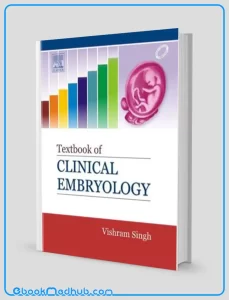
Textbook of Clinical Embryology
The developmental events occurring throughout the entire gestation period are presented in a sequential manner in the concluding chapter, facilitating quick recall and practical application in day-to-day clinical practice.
This unique approach enhances the reader’s ability to connect theoretical knowledge with real-world scenarios, fostering a deeper understanding of embryological concepts. In essence, “Textbook of Clinical Embryology” by Vishram Singh stands as a cornerstone in the realm of embryology education, offering a rich tapestry of information and insights for aspiring medical professionals.

Textbook of Clinical Embryology
Key Features
The salient features of the “Textbook of Clinical Embryology” encompass various aspects that contribute to its significance in the field:
In adherence to the syllabus outlined by the Medical Council of India, the Textbook of Clinical Embryology diligently follows the prescribed curriculum for Embryology, thereby ensuring a comprehensive coverage of all essential topics crucial for medical education within the country. This alignment guarantees that students are equipped with the necessary knowledge and understanding required for their academic and professional pursuits in the medical field.
Moreover, a notable characteristic of this textbook is its incorporation of Clinical Correlation features, which serve to underscore the practical relevance of embryological facts. By elucidating the application of embryology concepts in clinical scenarios, this approach bridges the gap between theoretical knowledge and its real-world implications in medical practice. Such integration of clinical correlations reflects a contemporary trend in medical education, emphasizing the practicality and applicability of foundational concepts.
Furthermore, the Textbook of Clinical Embryology offers a comprehensive coverage of topics such as gametogenesis, fertilization, and organogenesis, providing detailed insights into the developmental events that transpire during the prenatal period. This in-depth exploration ensures that students attain a thorough understanding of the intricate processes involved in embryonic development, thereby laying a solid foundation for their future clinical practice and research endeavors.
Additionally, the textbook delves into the molecular and genetic underpinnings of embryology and birth defects, shedding light on the underlying genetic mechanisms that influence various developmental conditions. By elucidating the molecular basis of embryological processes, the Textbook of Clinical Embryology equips students with a deeper understanding of how genetic factors contribute to the formation and differentiation of tissues and organs during embryogenesis.
The inclusion of Clinical Problems sections within the book serves to stimulate problem-based learning (PBL) among students, fostering critical thinking skills and encouraging them to apply their knowledge to practical clinical scenarios. This interactive approach not only enhances students’ comprehension of embryological concepts but also cultivates their ability to analyze and solve clinical problems effectively.
Moreover, the “Golden Facts to Remember” section in the textbook offers a valuable resource for candidates preparing for various entrance examinations such as PGME, USMLE, and PLAB. By compiling important facts and key concepts in a concise format, this section facilitates exam preparation and aids students in revising crucial information essential for their success in competitive assessments.
Furthermore, the inclusion of multiple-choice questions at the end of the textbook enables students to assess their understanding of the topics covered and evaluate their grasp of the material. This self-assessment tool not only aids in reinforcing learning but also allows students to gauge their proficiency in different areas of embryology, thereby facilitating targeted revision and improvement.
The meticulously designed four-color illustrations featured in the Textbook of Clinical Embryology play a pivotal role in enhancing visual learning and elucidating complex concepts. By providing visually engaging and accurate representations of embryological processes, these illustrations aid in clarifying intricate details and making the subject matter more accessible to students, thereby facilitating their comprehension and retention of essential information.
Moreover, the inclusion of flowcharts, tables, and overviews in the textbook serves to streamline information and present complex data in a structured and organized manner. These visual aids help students in synthesizing and understanding the content more effectively, enabling them to grasp the interrelationships between different embryological processes and concepts with greater clarity and coherence.

Textbook of Clinical Embryology
Additionally, the “N.B.” sections incorporated in the textbook offer supplementary information of higher academic value in a simplified format, enhancing the engagement of readers, particularly aspiring postgraduates. By presenting advanced concepts and additional insights in a clear and concise manner, these sections cater to the intellectual curiosity of readers seeking a deeper understanding of embryology and its implications in clinical practice and research.
In conclusion, the Textbook of Clinical Embryology stands out for its comprehensive coverage of essential topics, incorporation of clinical correlations, emphasis on problem-based learning, provision of self-assessment tools, use of visual aids for enhanced learning, and presentation of supplementary academic information. These key features collectively contribute to the educational value and utility of the textbook, making it an indispensable resource for students, educators, and practitioners in the field of embryology and medicine.

Textbook of Clinical Embryology
This website offers ( Textbook of Clinical Embryology ) with just a few clicks.
The website strives to provide you with simple access to the medical field as well as readily available information that you can download.
You can download all of the books at a reasonable price and get the most recent scientific data in the world of medicine anytime you want at ebookmedhub.com.
Other Products :



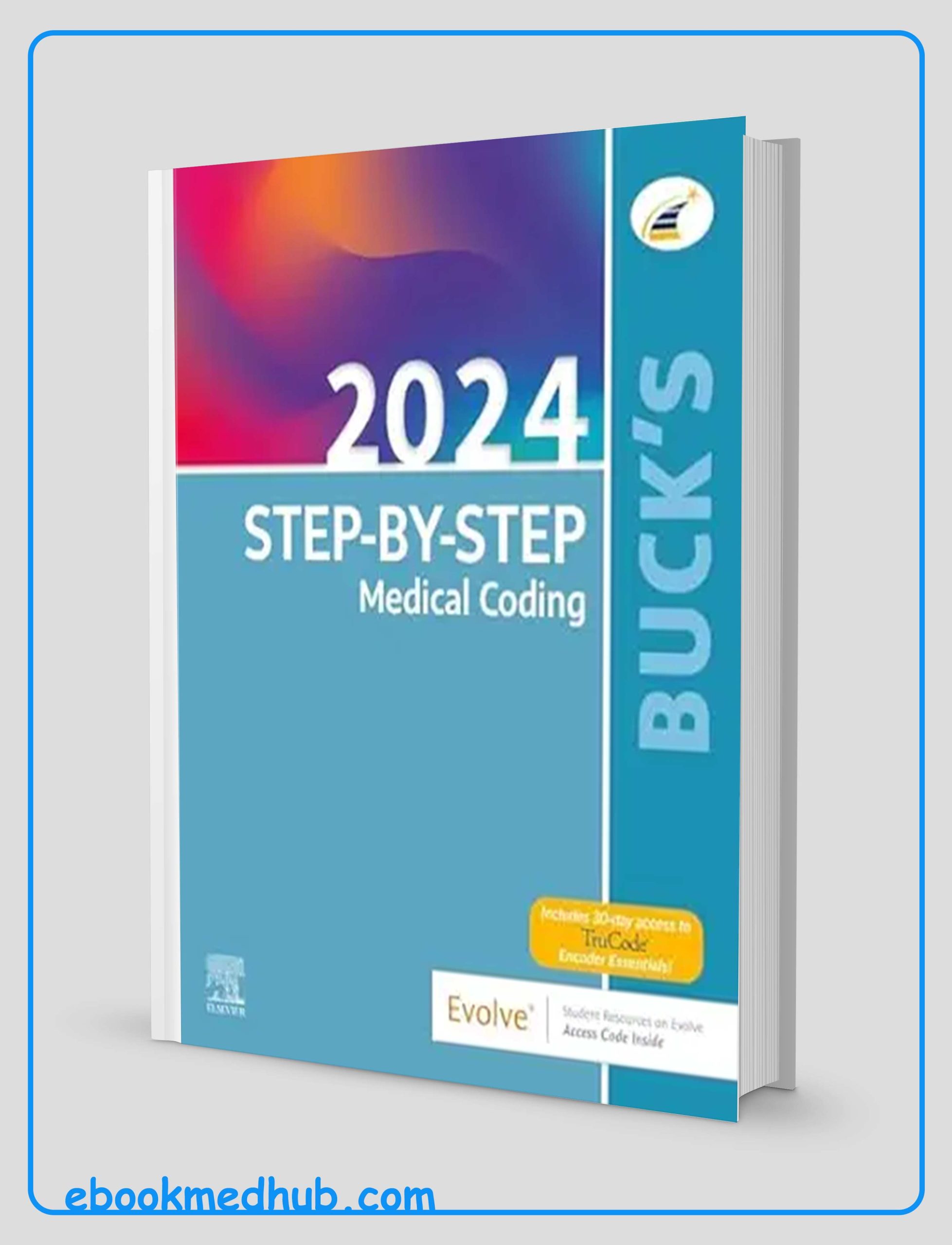
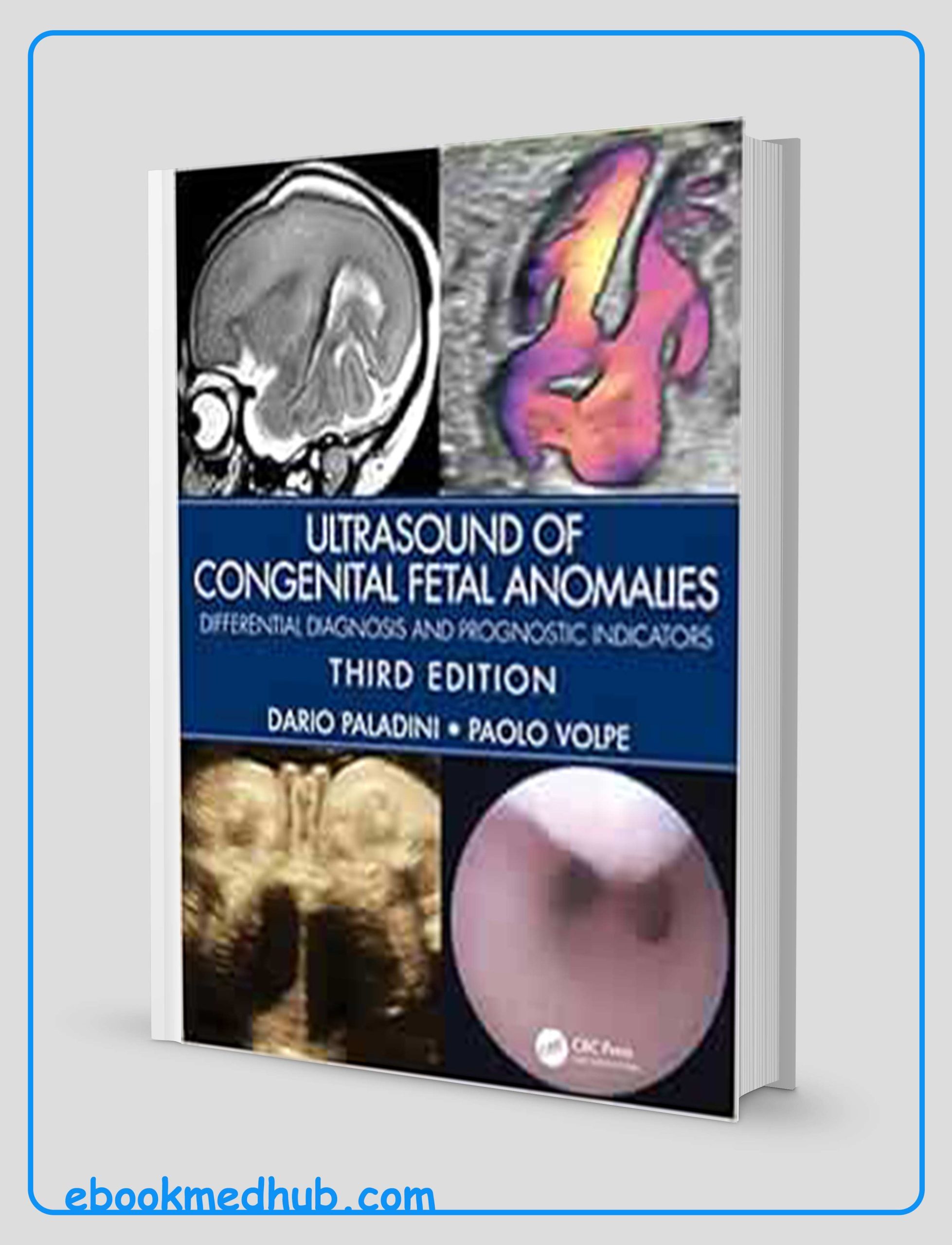
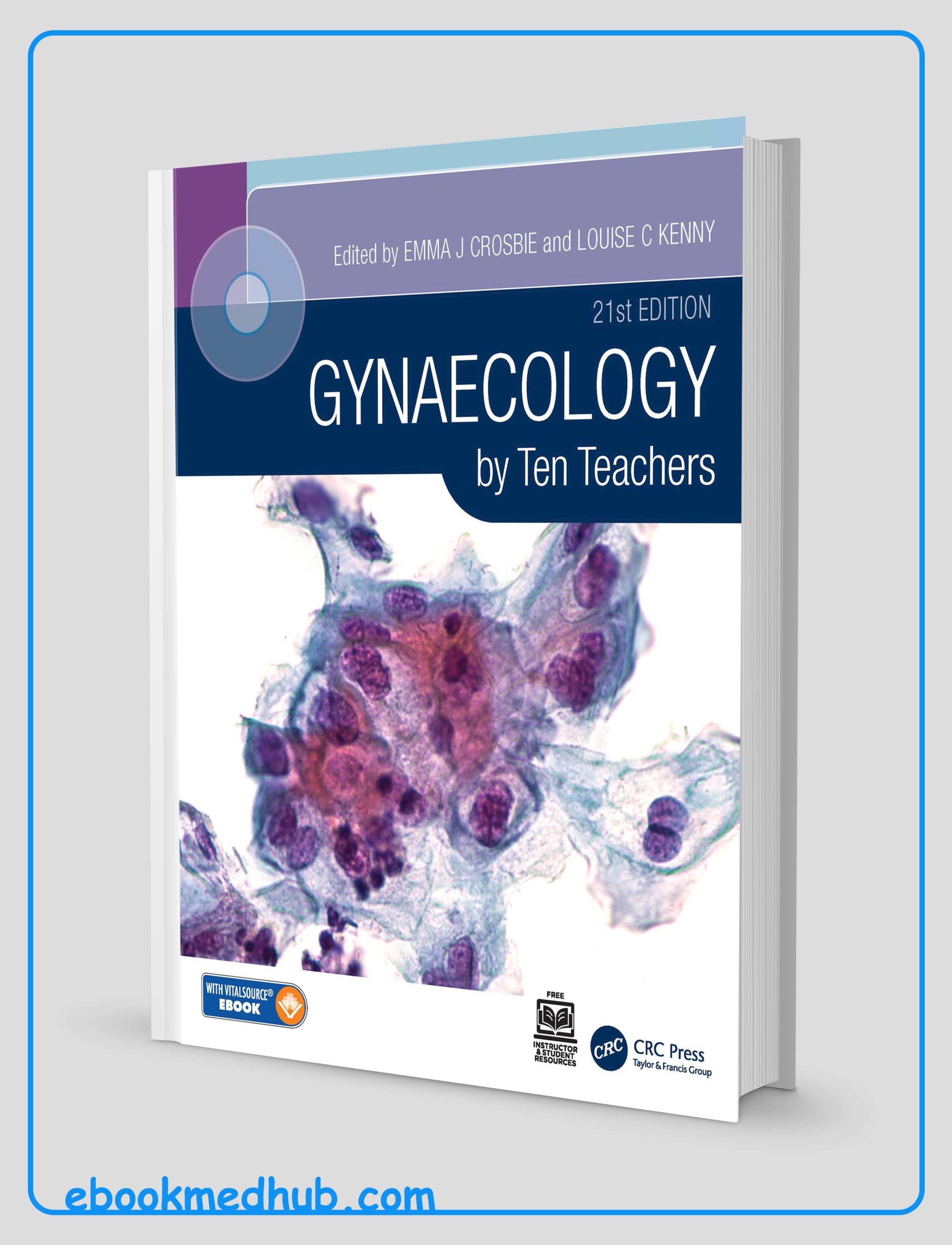


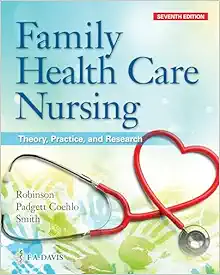
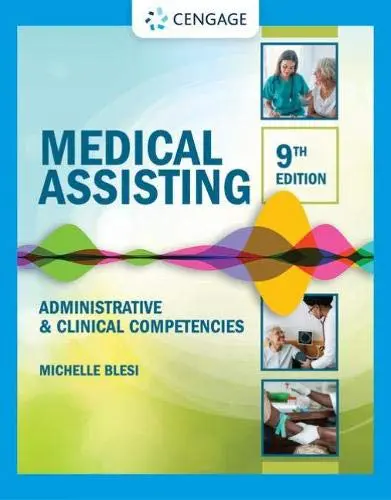
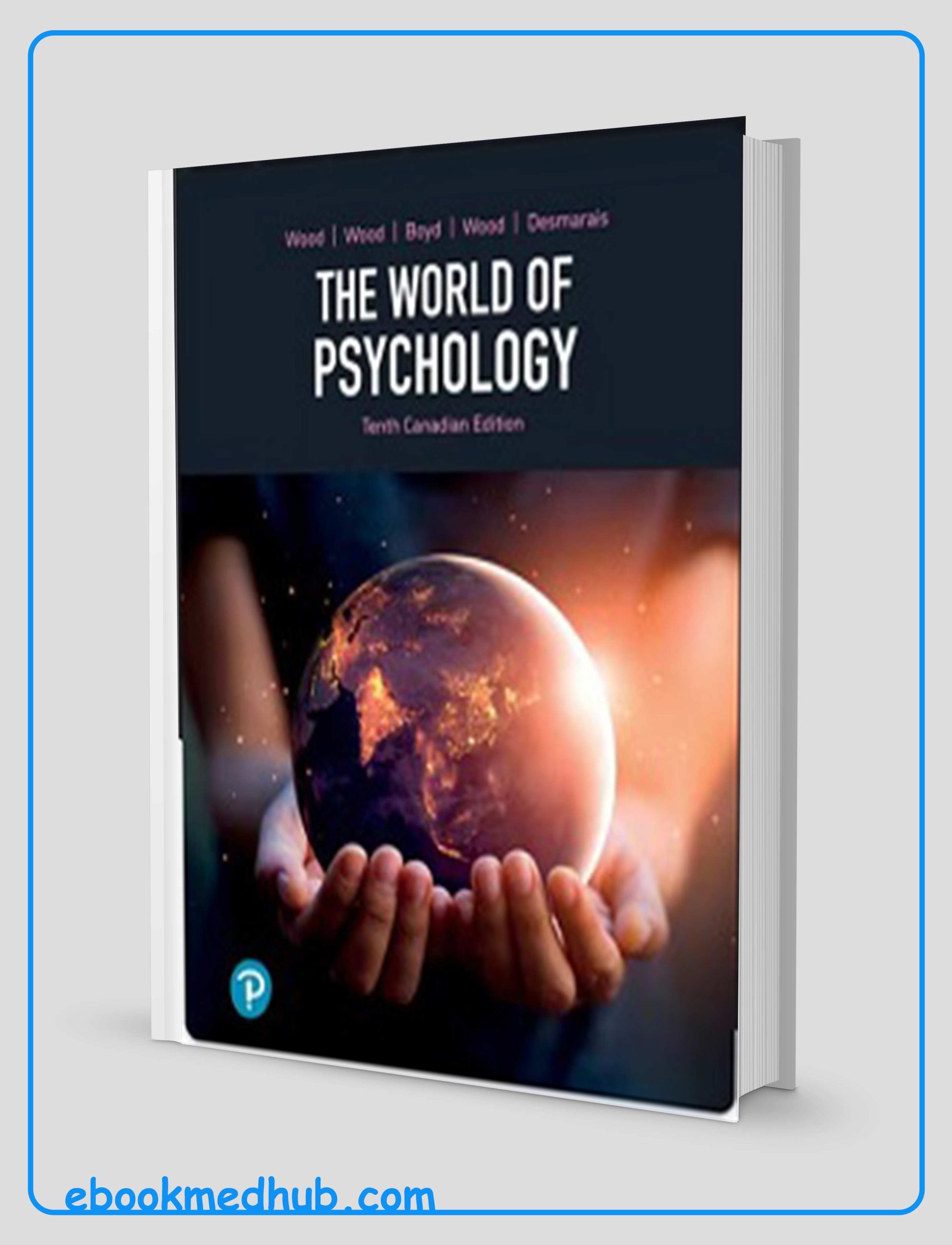

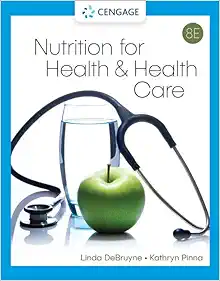



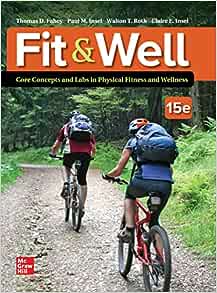
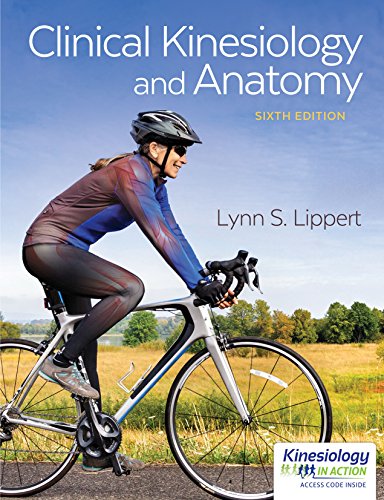
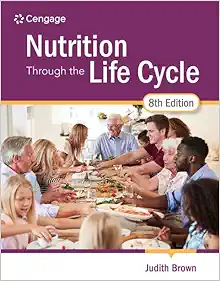
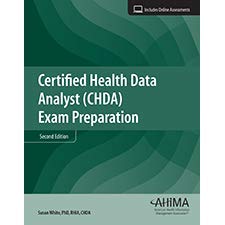
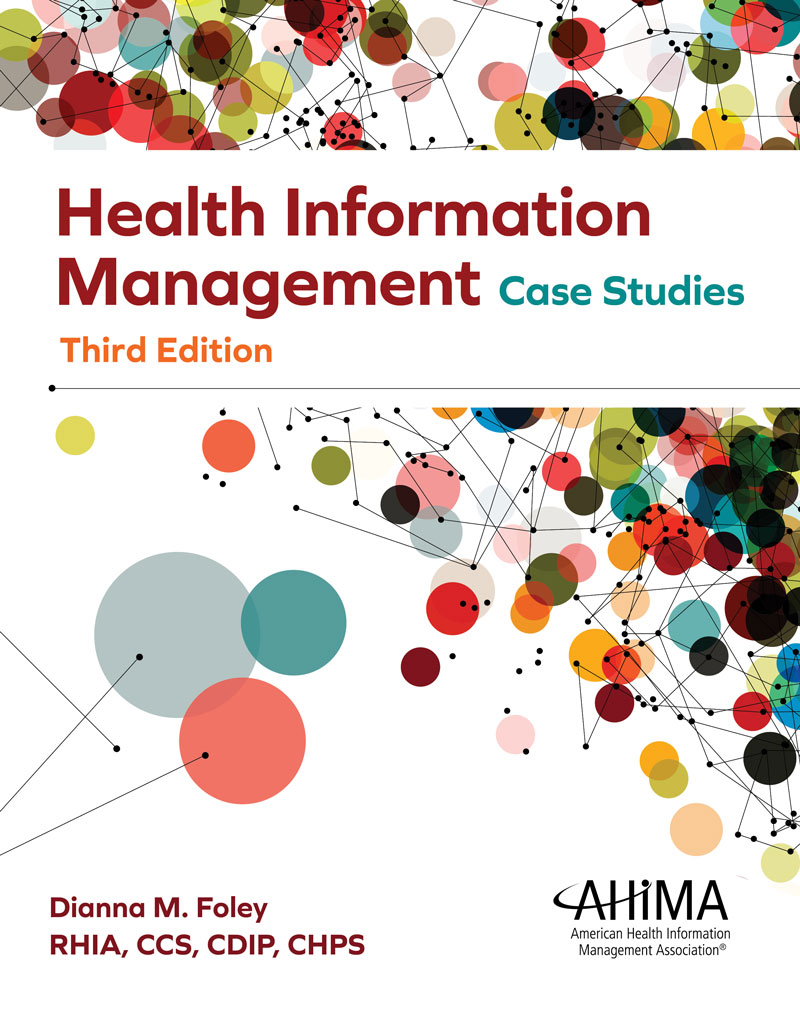

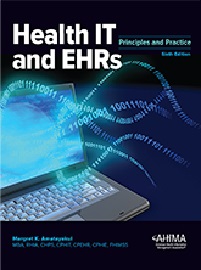
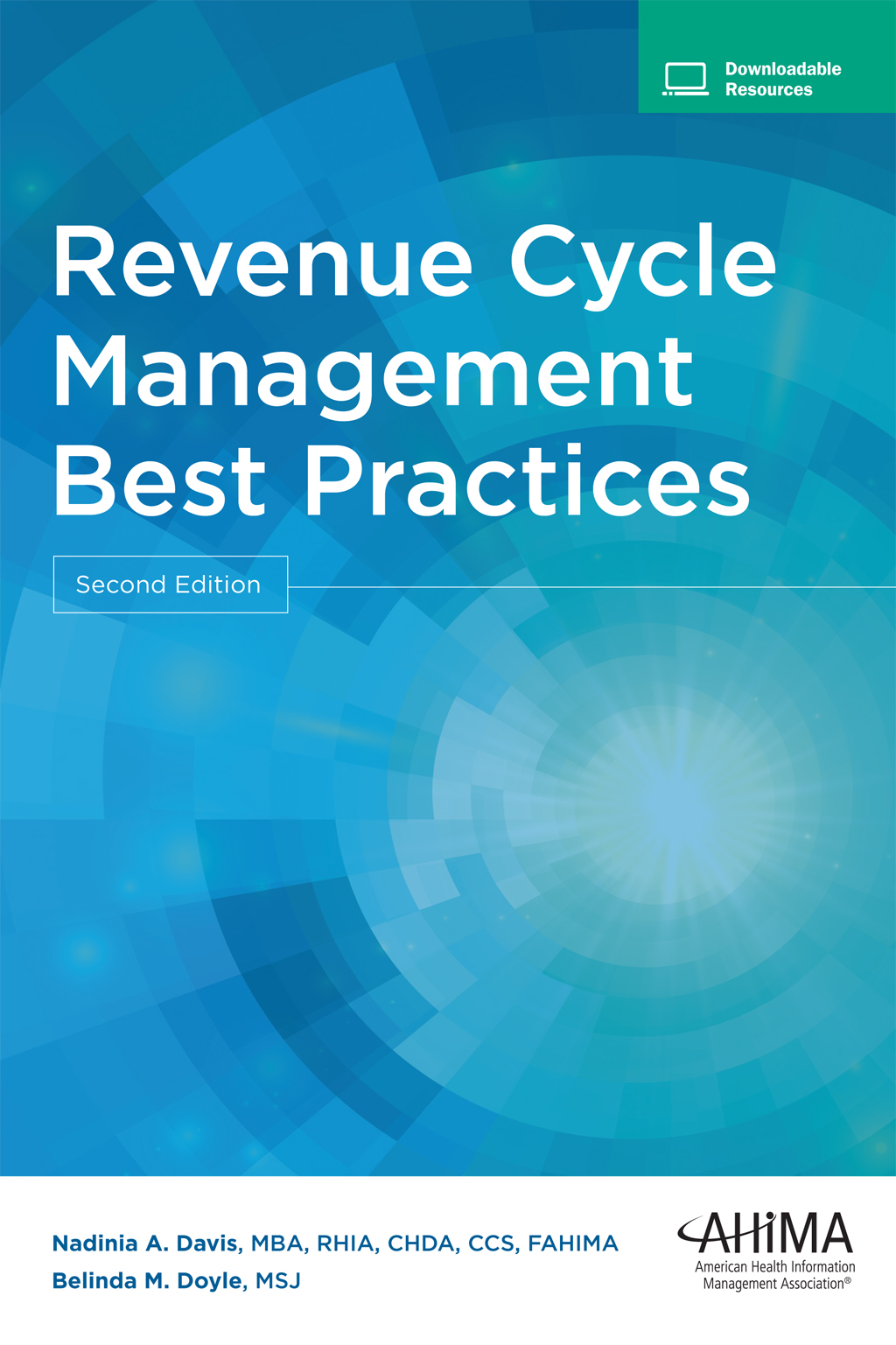
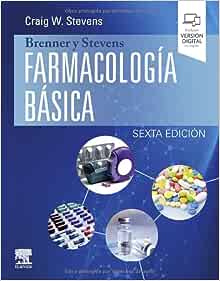
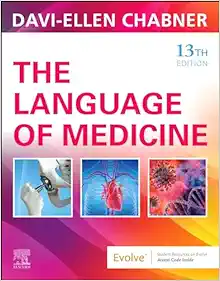
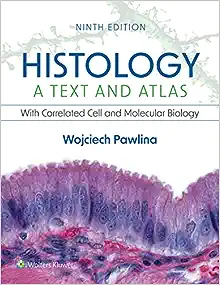
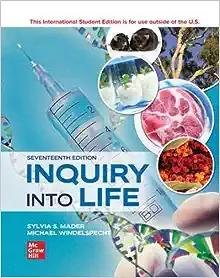
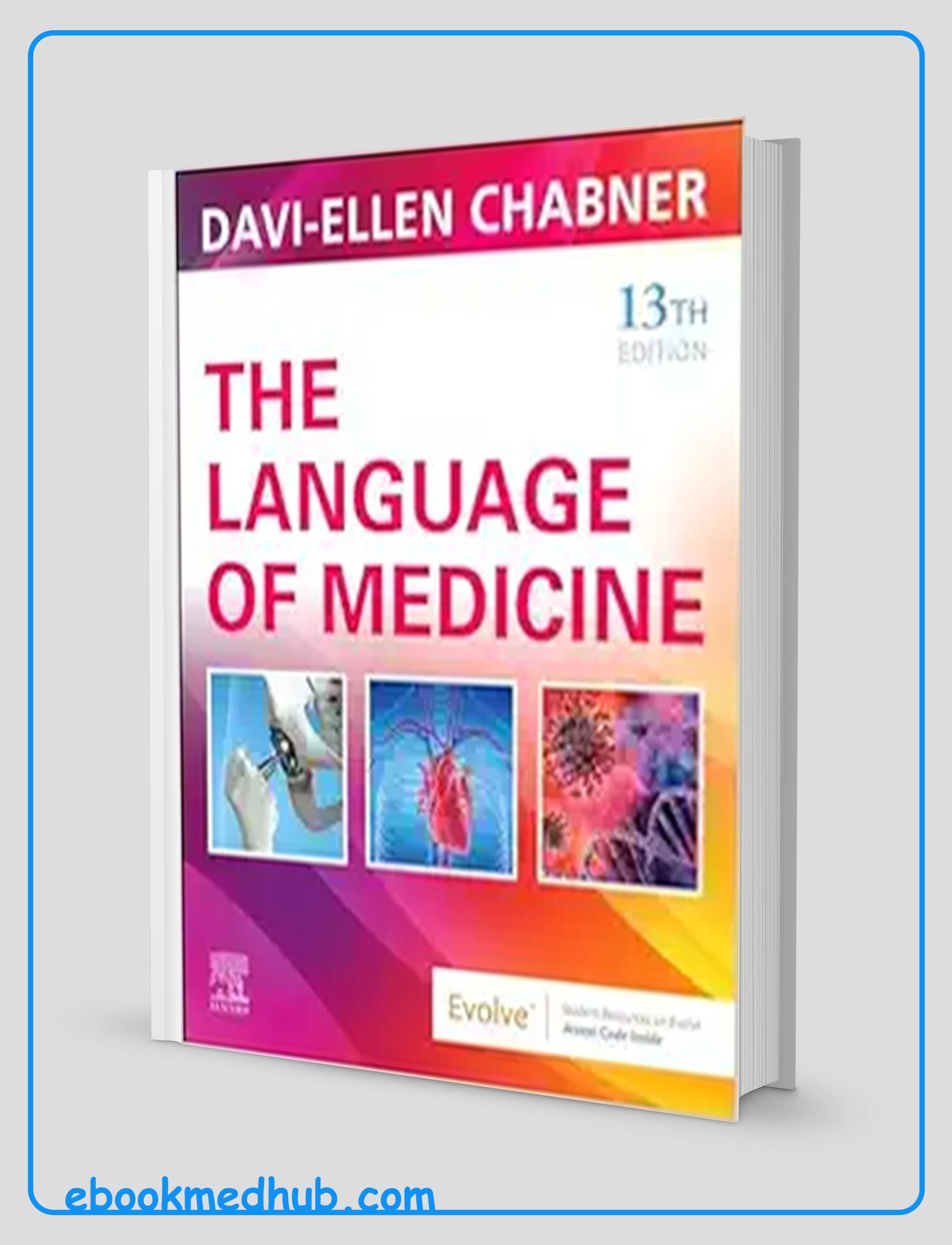
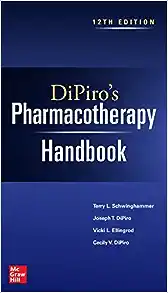
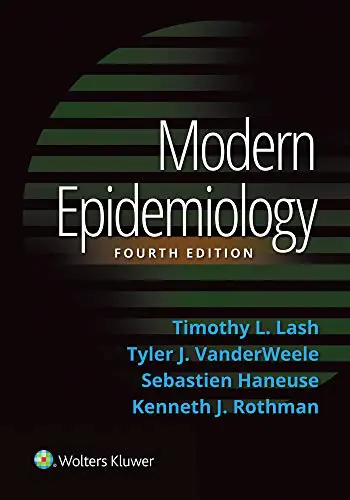
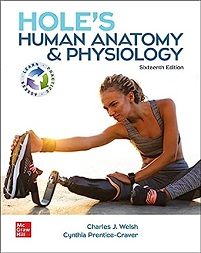


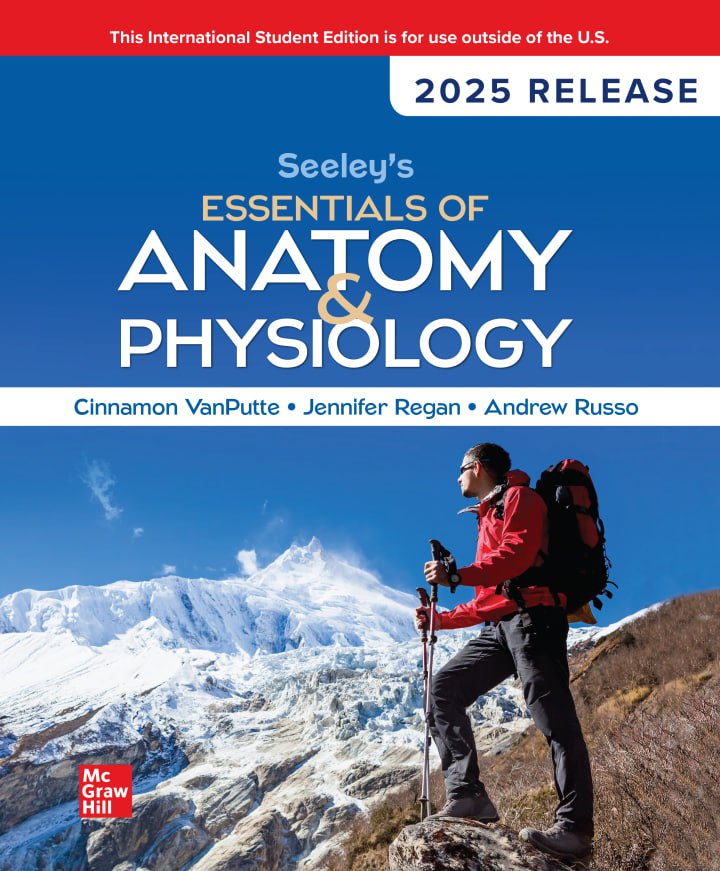
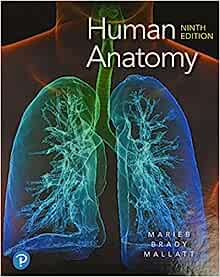
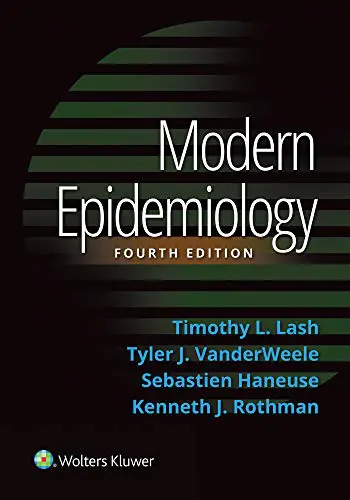
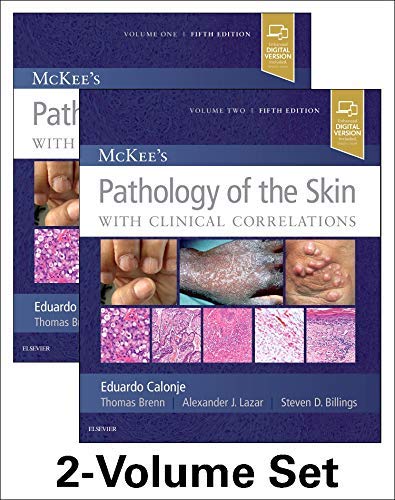
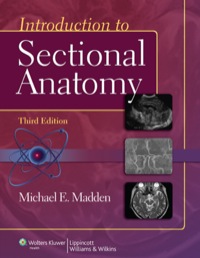
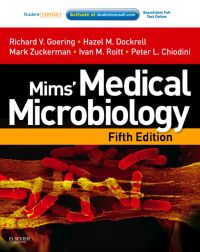
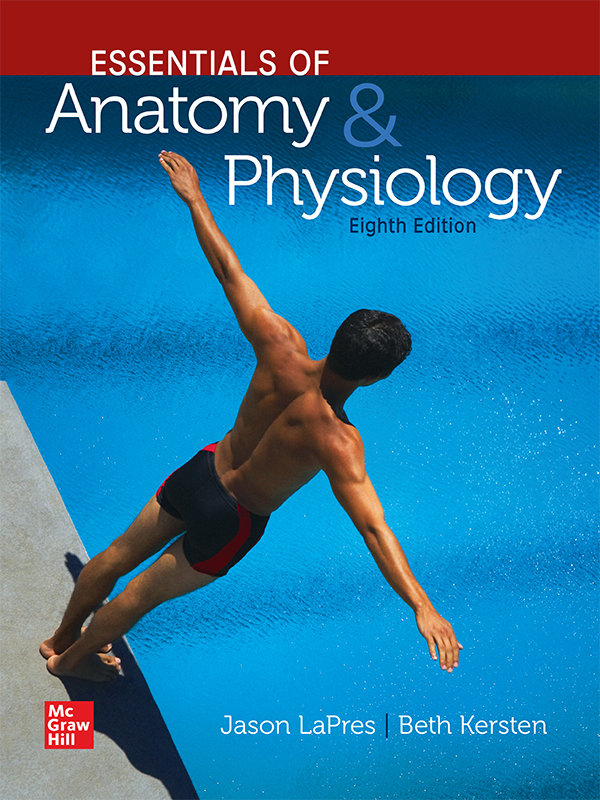
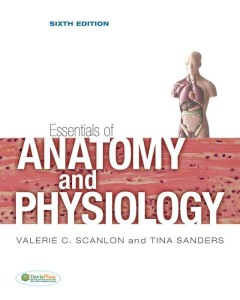

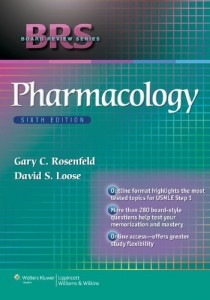
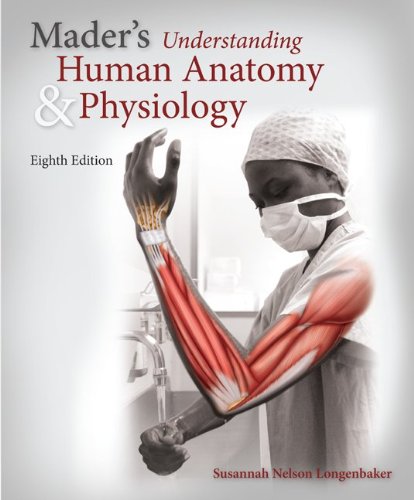
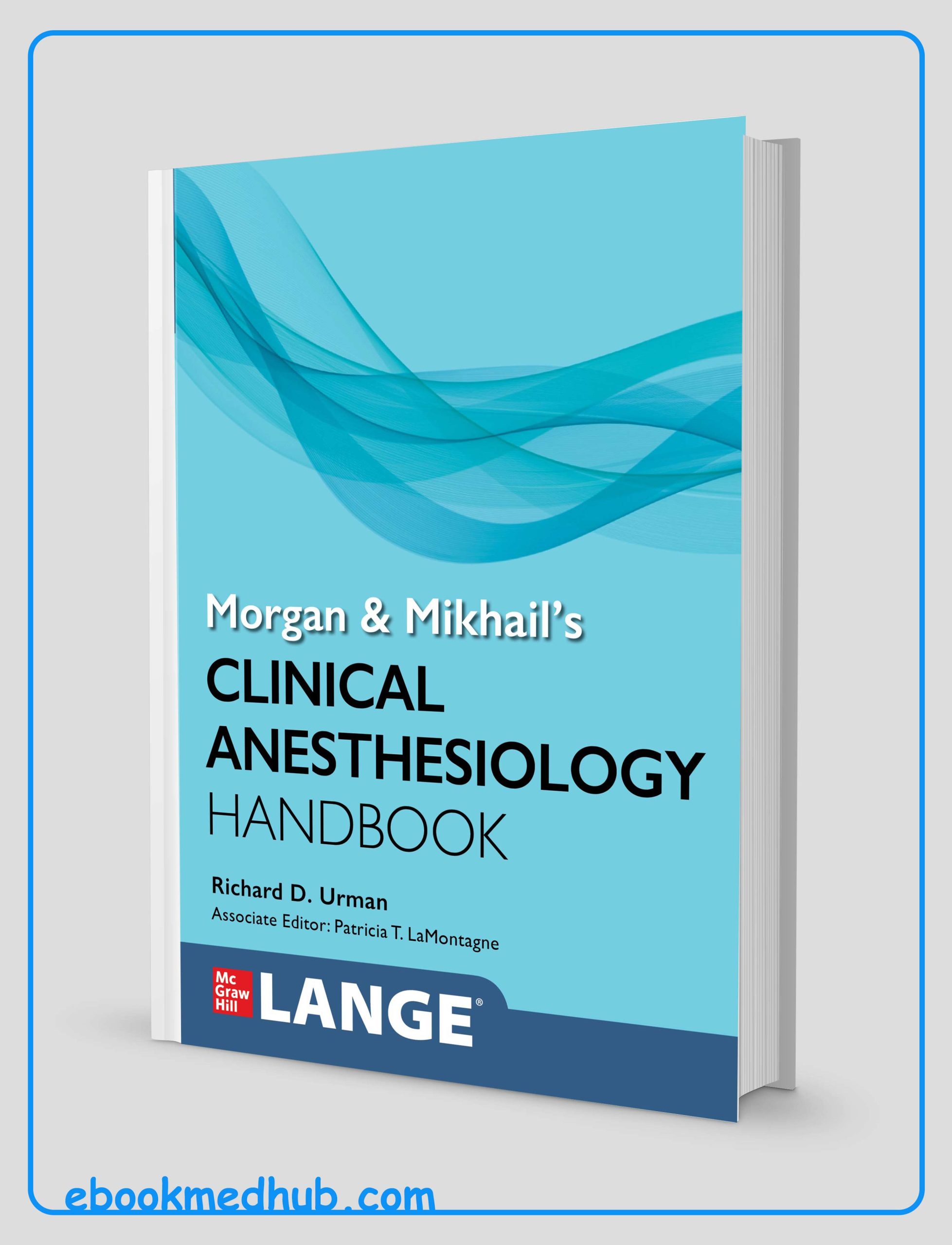
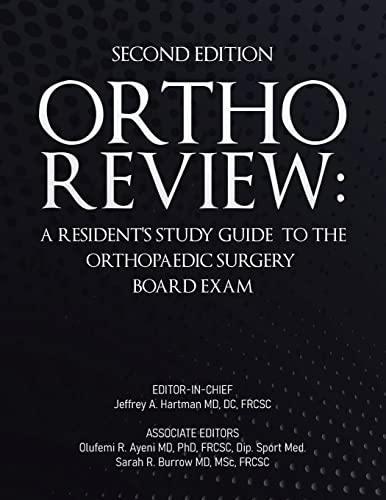
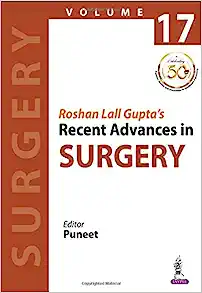
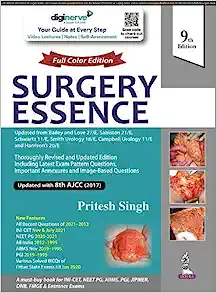
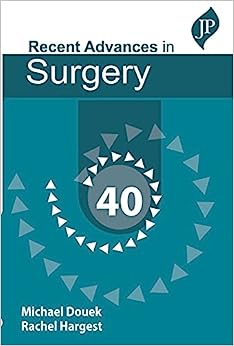
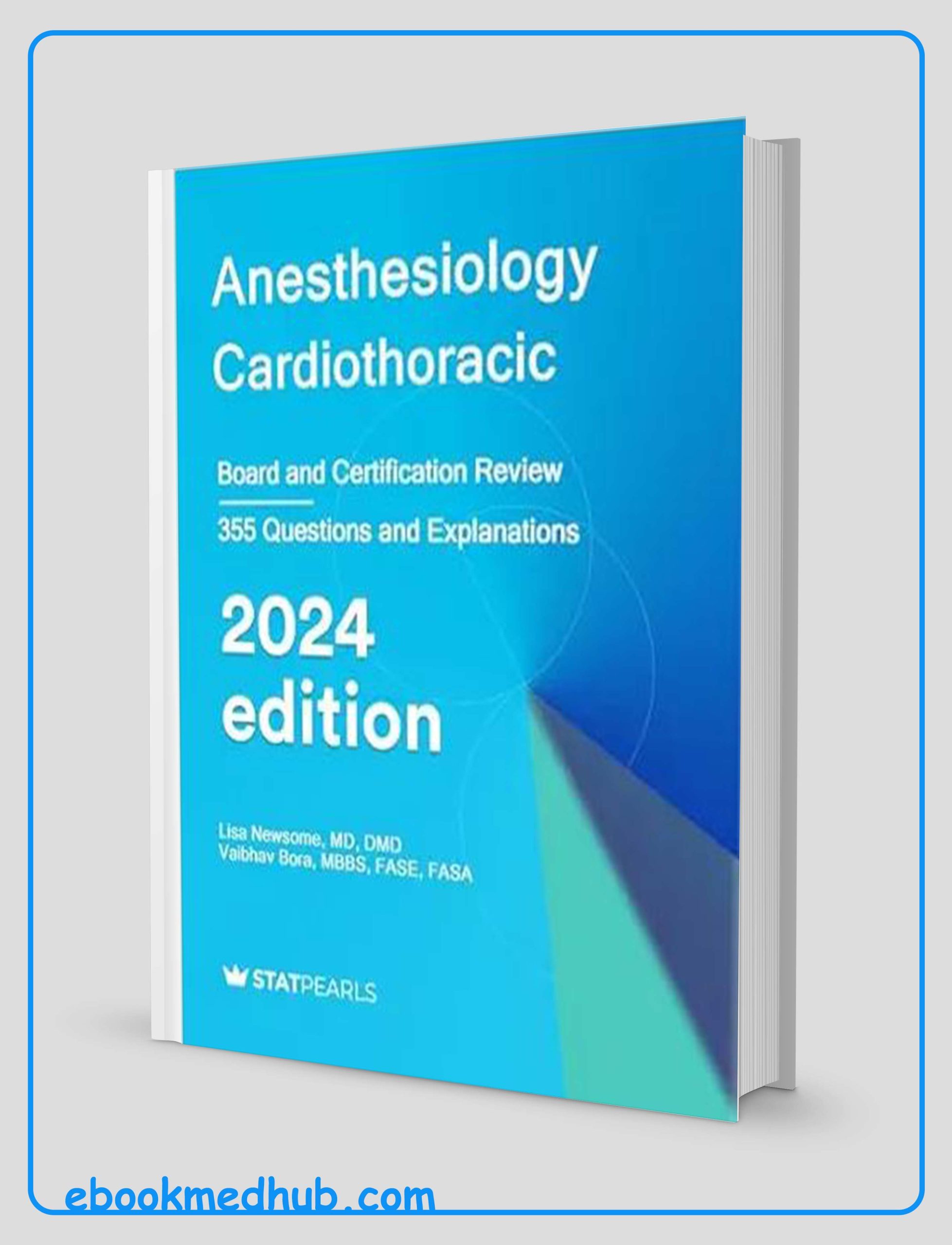
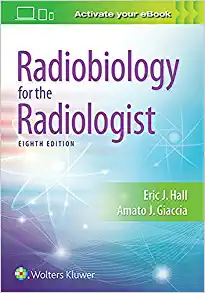
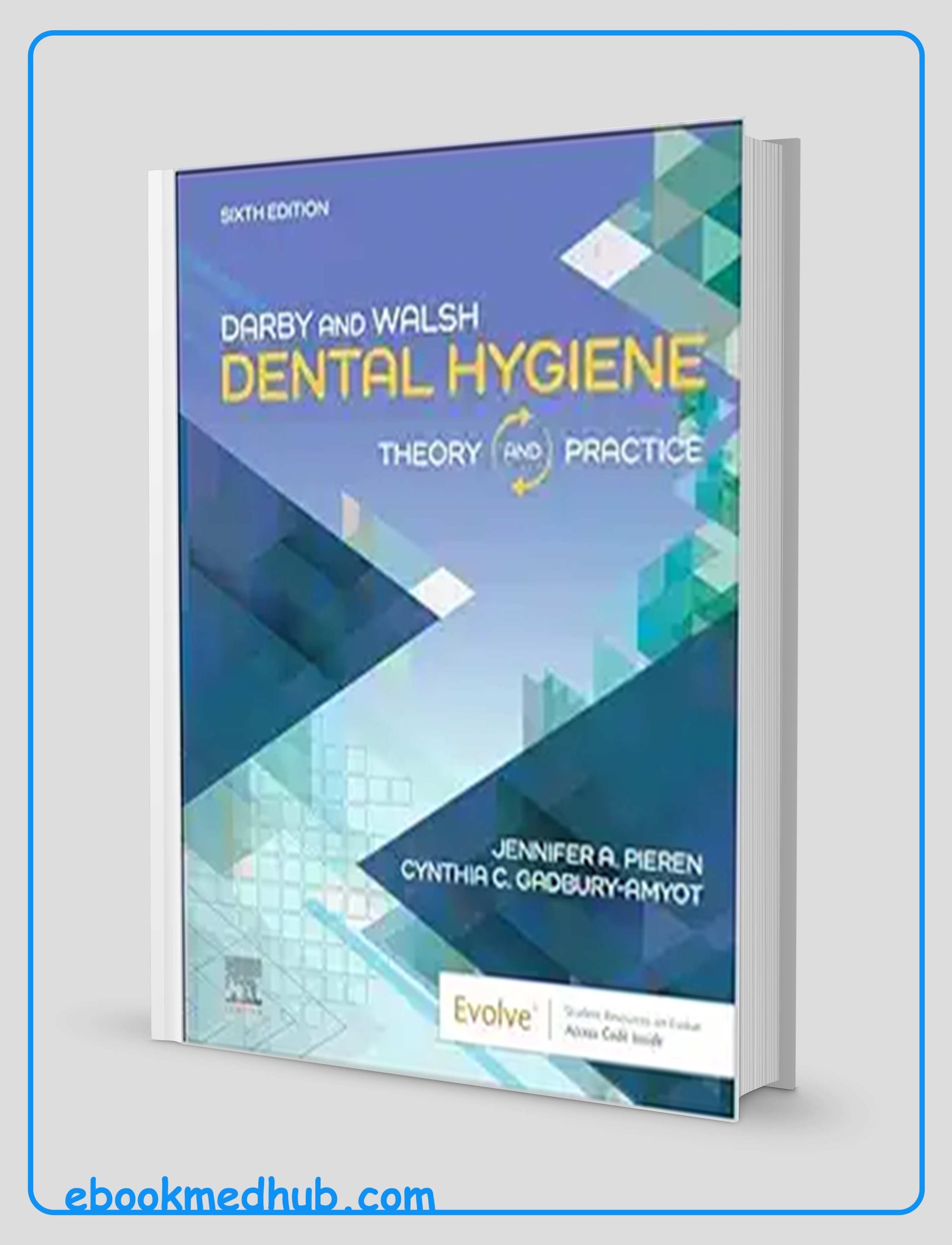

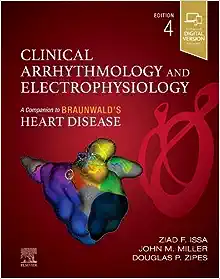

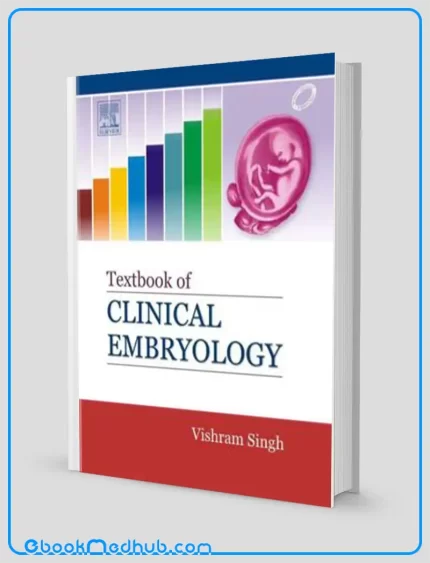
Reviews
There are no reviews yet.